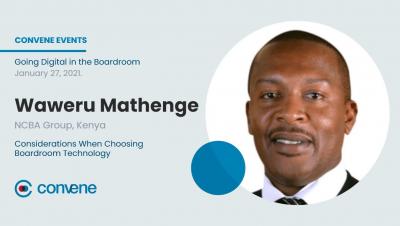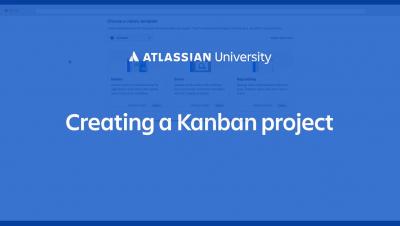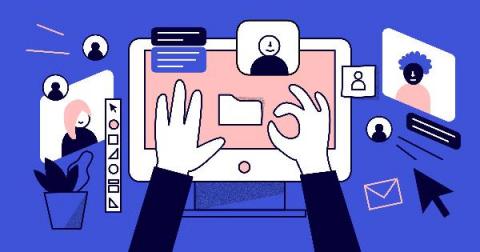Teams | Collaboration | Customer Service | Project Management
%term
How to Create a Project Timeline: the Ultimate Guide
Trying to manage a project with multiple moving parts can feel like herding cats. Aligning the assorted tasks so they tie up neatly and ensuring everyone’s on the same page at all times is hard work. Enter the project manager’s best friend: a project timeline. A project timeline allows you to bulk schedule tasks so that you can see what needs to be done when and keep an eye on the overall timeline of a project.
How Mentorship Programs Can Help Your Workplace
What if I told you there was a simple way to increase productivity and communication within your organization? To create more connections and relationships that will improve your work environment, bring in mentorship. When it comes to mentorship, the connections made by a mentor and mentee goes well beyond just a connection.
Jira Automation: Creating a Kanban project
Conversations in Slack | Slack 101
How to Keep Data Safe When Offboarding Employees - Data Theft Prevention Tips | CurrentWare
What a 13th-century monk can teach us about managing information overload
Get stories about tech and teams in your inbox Our brains are simply not equipped to handle all the information we’re trying to stuff into them. That’s the (paraphrased) sentiment of Dominican friar Vincent of Beauvais, a 13th-century monk, who was struggling to manage “the multitude of books, the shortness of time and the slipperiness of memory.” It seems the printing press was burying old Beauvais in a never-ending pile of text. What’s a monk to do?
Interactive workshop activities for virtual collaboration
You know that engagement is the secret sauce for any virtual meeting or workshop. But, it’s tough to get people to stay focused—let alone actively participate. A recent survey found that more than half of workers admit they do other things (like check email or peruse social media) during online meetings. This is where workshop activities come in handy.
Customer Success: Build Better Customer Relationships
Does your professional services firm invest in customer success? Studies reveal that customer-centric firms are 60% more profitable than their peers. That explains how important customer success should be to your business. Particularly, those offering professional services because such firms thrive on long-standing relationships with their customers.
How we crafted a design system for Freshworks
“A design system acts as the connective tissue that holds together your entire platform.” —Drew Bridewell, Design Specialist Digital solutions are increasingly becoming more intricate with the rise in customer expectations, and product and design teams are transforming their approach to design—experimenting with style guides and pattern libraries—in order to create inclusive design systems that all users can appreciate.











